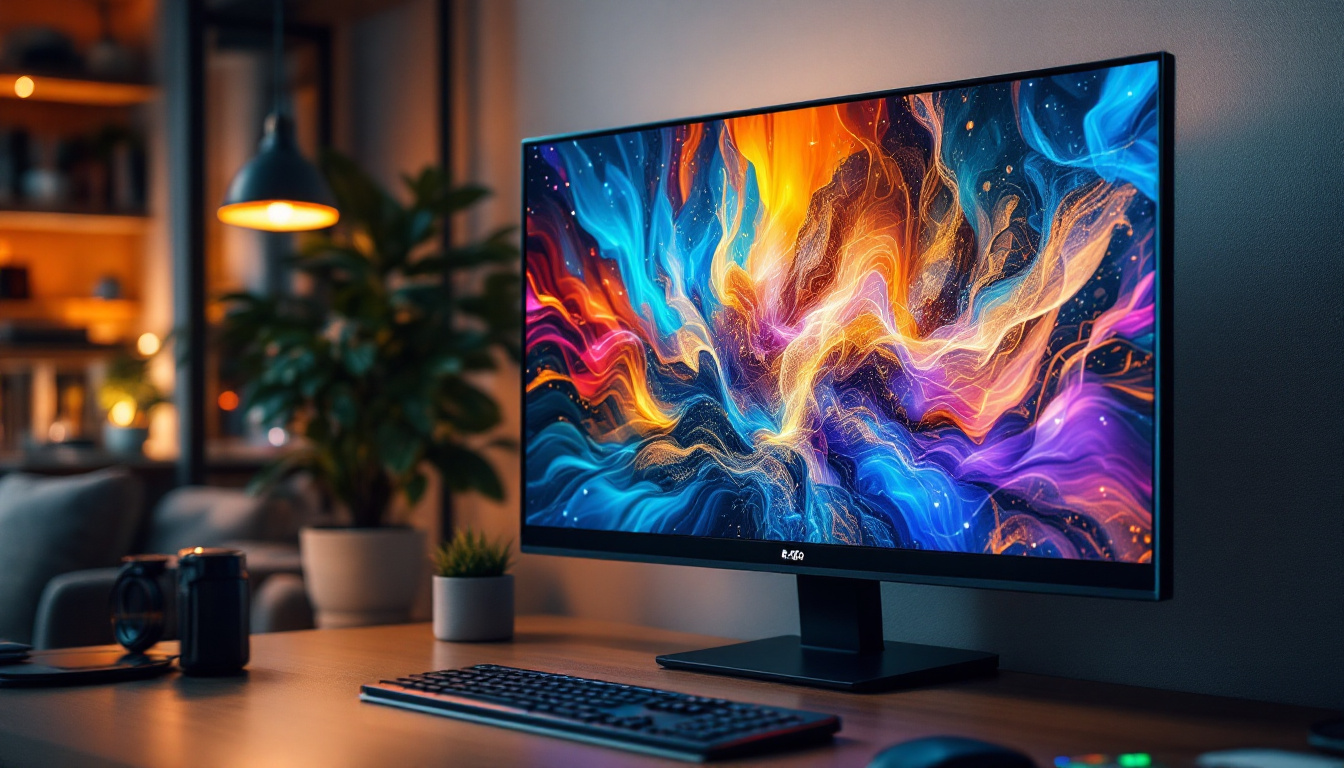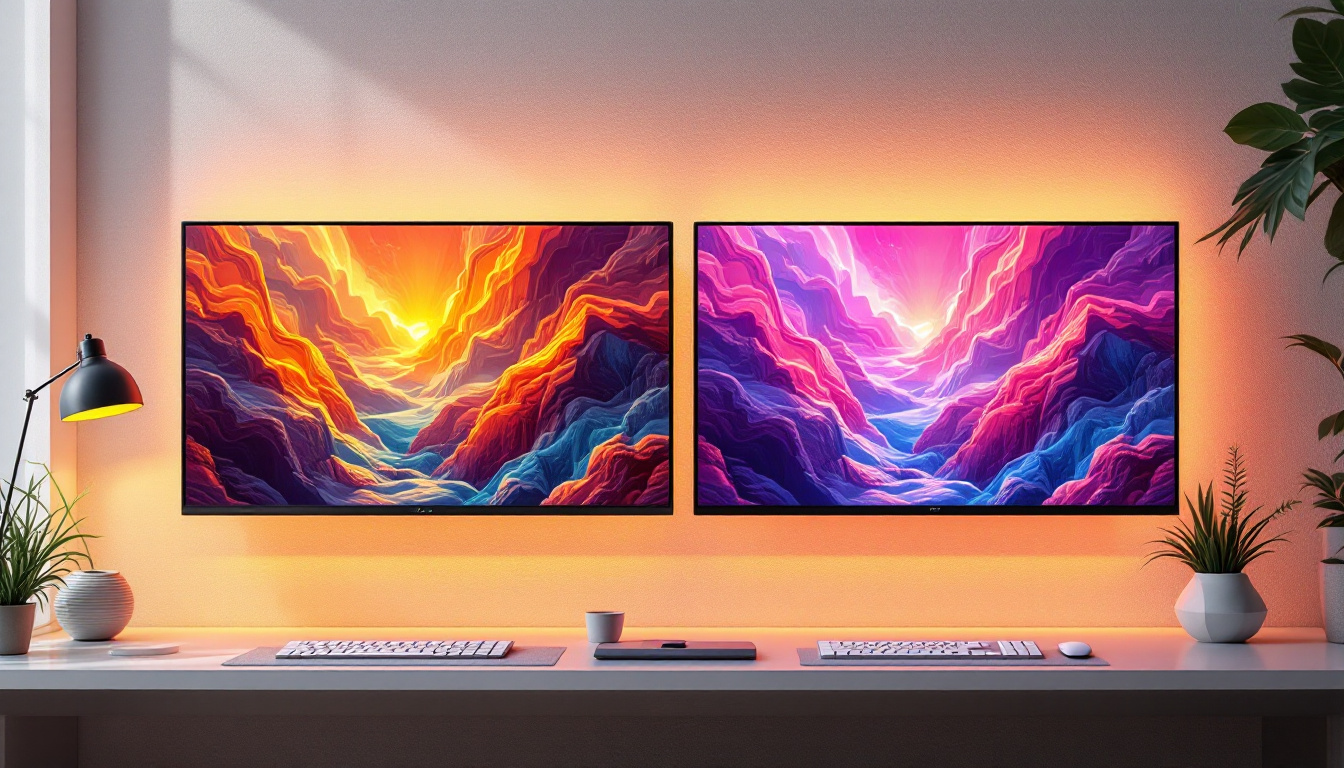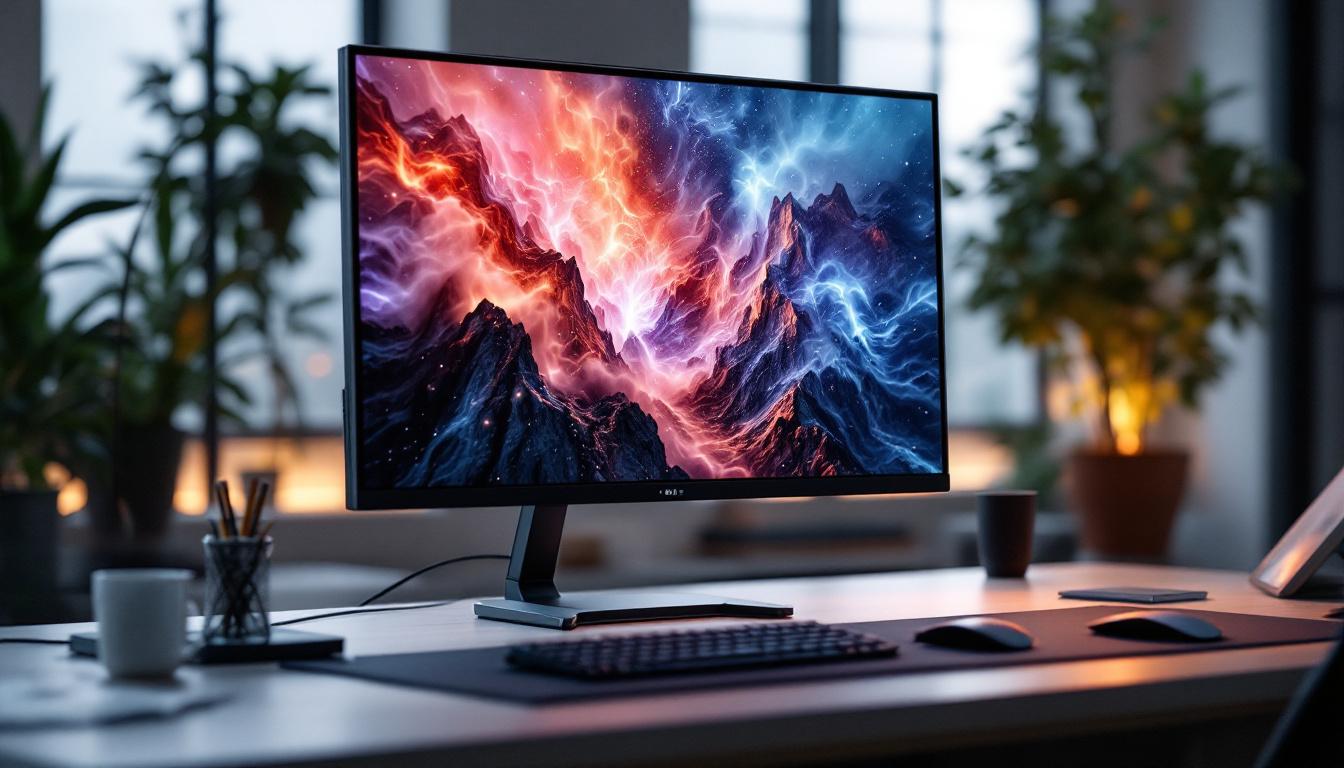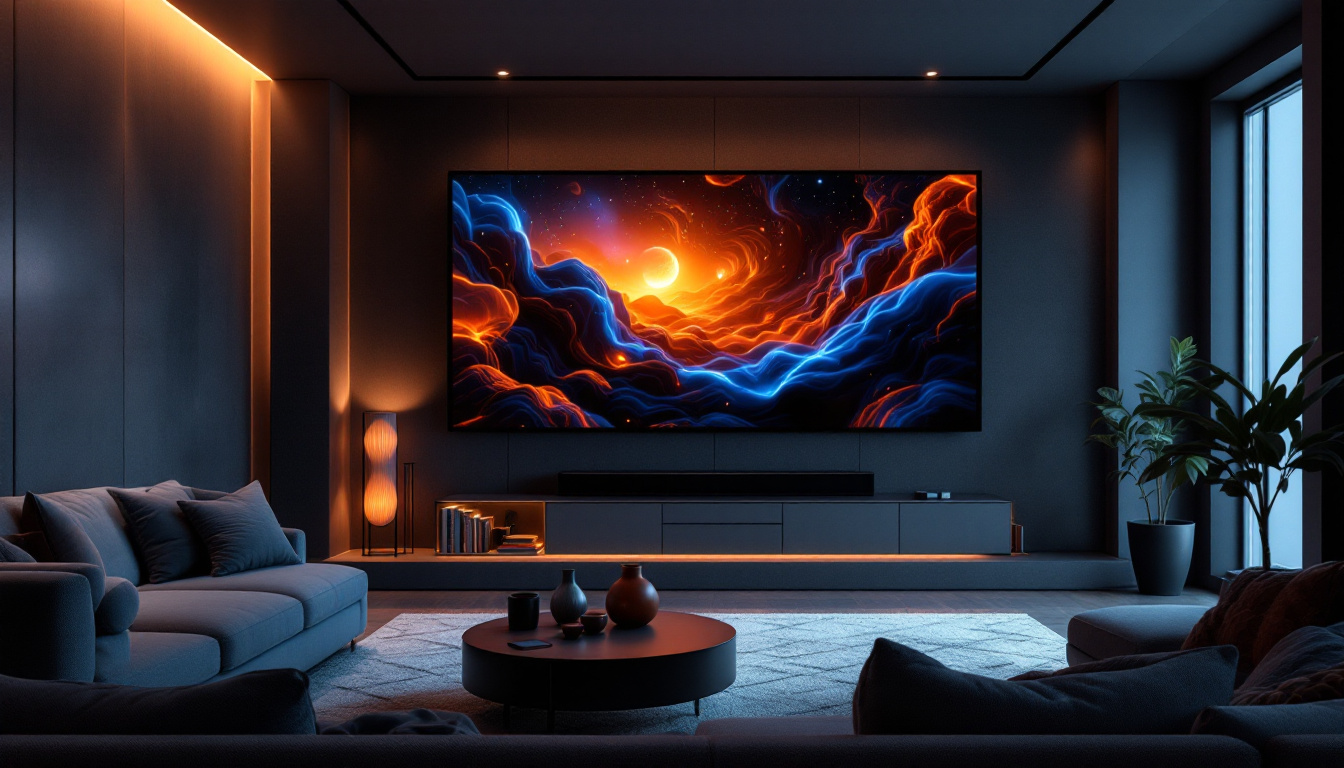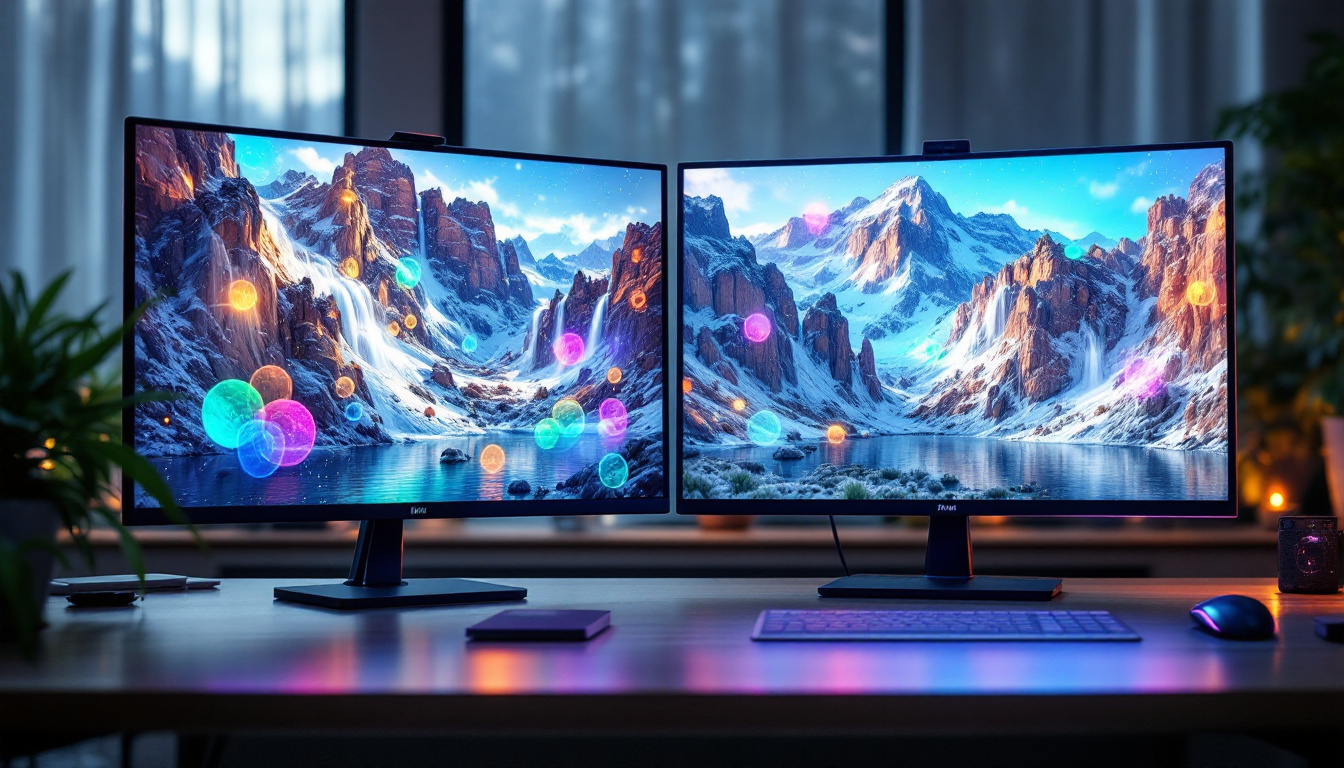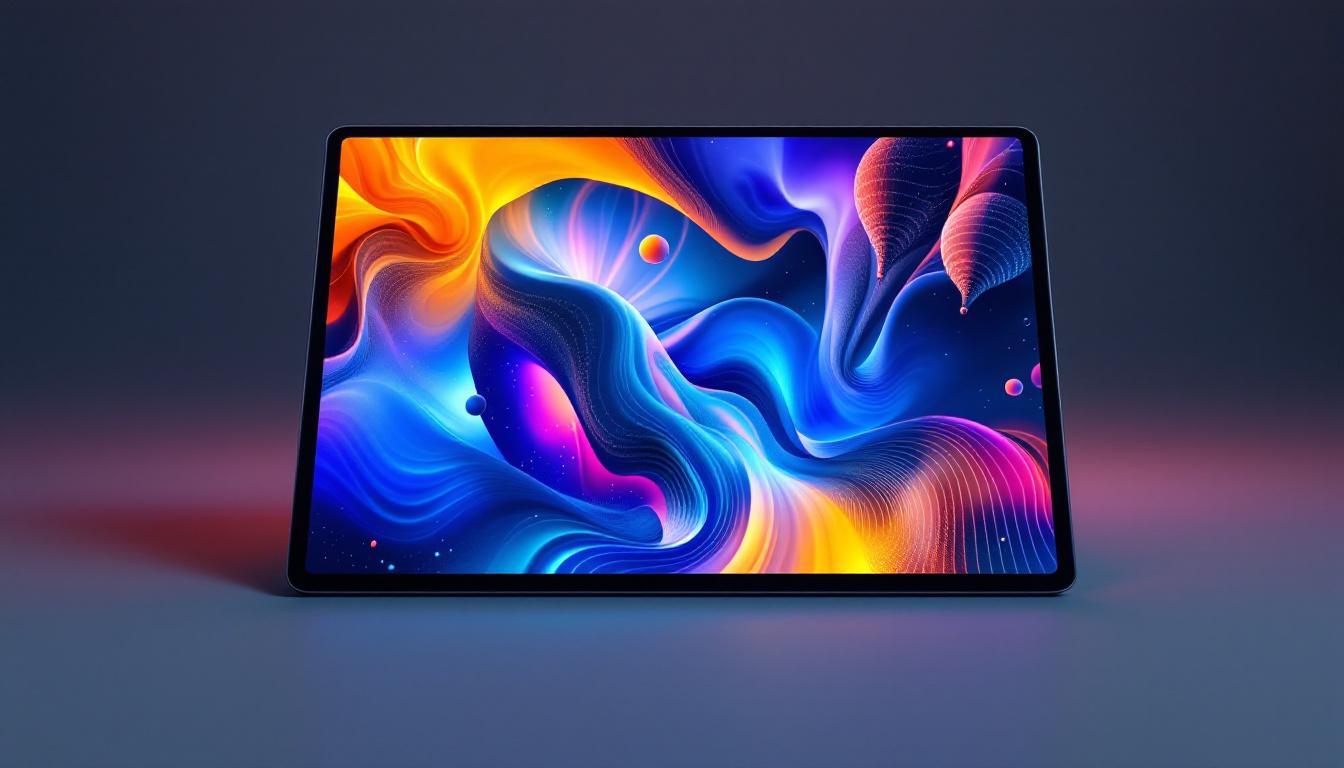What Is OSD Lock: LED Display Explained
In the realm of modern technology, particularly in the context of LED displays, the term “OSD Lock” often surfaces. Understanding what OSD Lock entails is crucial for users who wish to maximize their experience with electronic devices, especially monitors and televisions. This article delves into the intricacies of OSD Lock, its functionalities, and its significance in the operation of LED displays.
Understanding OSD: On-Screen Display
The On-Screen Display (OSD) is a graphical interface that appears on the screen of electronic devices, providing users with essential information and control options. It allows users to adjust settings such as brightness, contrast, volume, and input sources without needing to navigate through physical buttons. This convenience has made OSD a standard feature in various devices, including televisions, computer monitors, and projectors, enhancing the overall user experience by streamlining interactions.
Components of OSD
Typically, an OSD comprises various elements, including menus, icons, and sliders. These components work together to facilitate user interaction with the device. For instance, a user can easily change the screen’s resolution or switch between HDMI and VGA inputs using the OSD. The design of the OSD can vary significantly between manufacturers, but the core functionality remains consistent. Some OSDs even include advanced features like color calibration tools, allowing users to fine-tune their display settings for optimal viewing. Moreover, the aesthetics of the OSD—such as color schemes and font choices—play a crucial role in usability, as a well-designed interface can make navigation more intuitive.
How OSD Works
When a user presses a specific button on their remote control or monitor, the OSD activates, overlaying the current display. This overlay is generated by the device’s firmware, which interprets user inputs and adjusts settings accordingly. The OSD typically remains on the screen for a limited time or until the user makes a selection, ensuring it does not obstruct the viewing experience for too long. Additionally, many modern devices feature customizable OSD settings, allowing users to choose which options appear and how they are organized. This personalization can greatly enhance accessibility, catering to individual preferences and making it easier for users to find the settings they need quickly. Furthermore, advancements in technology have led to the integration of OSD with smart features, such as automatic brightness adjustment based on ambient light, further enriching the user experience.
What Is OSD Lock?
OSD Lock is a feature that prevents accidental changes to the settings displayed on the screen. This function is particularly useful in environments where multiple users may access the device, such as in offices, classrooms, or public spaces. By locking the OSD, users can ensure that critical settings remain unchanged, thus maintaining optimal performance and user experience. This feature is especially beneficial in settings where the display is frequently used for presentations or collaborative work, as it minimizes the risk of disruption caused by unintentional adjustments.
Purpose of OSD Lock
The primary purpose of OSD Lock is to enhance usability and prevent frustration caused by unintended adjustments. For example, if a monitor’s brightness is set perfectly for a specific environment, accidental changes can lead to discomfort or reduced visibility. OSD Lock serves as a safeguard against such occurrences, allowing users to focus on their tasks without worrying about inadvertent modifications. Additionally, in educational settings, teachers can ensure that the display settings remain consistent throughout a lesson, preventing students from tampering with the configurations and ensuring a smooth learning experience.
How to Activate OSD Lock
Activating OSD Lock varies by device but generally involves a combination of button presses. Users may need to access the OSD menu and navigate to the lock option, or they might simply hold down a specific button for a few seconds. Once activated, the OSD will display a message indicating that the lock is in effect, and users will be unable to make changes until the lock is disabled. It is also important to note that some devices may offer a visual indicator, such as a lock icon, on the screen to remind users that the settings are locked. This can be particularly helpful in preventing confusion during collaborative sessions where multiple individuals may be interacting with the device.
Furthermore, understanding the nuances of OSD Lock can significantly enhance user experience. For instance, some advanced monitors may allow users to customize which settings can be locked, providing flexibility for different scenarios. In a professional setting, an IT administrator might choose to lock specific settings while allowing others to remain adjustable, catering to the needs of various users without compromising the integrity of the display’s performance. This level of control not only streamlines the user experience but also fosters an environment where technology can be utilized effectively without the constant worry of accidental disruptions.
Benefits of Using OSD Lock
Implementing OSD Lock offers several advantages that enhance the overall user experience. Understanding these benefits can help users appreciate the importance of this feature in their daily interactions with LED displays.
Prevents Accidental Changes
One of the most significant benefits of OSD Lock is its ability to prevent accidental changes. In busy environments, users might inadvertently press buttons that alter crucial settings. OSD Lock mitigates this risk, ensuring that the display settings remain consistent and reliable. This feature is particularly beneficial in high-traffic areas, such as conference rooms or classrooms, where multiple users may interact with the display. By locking the settings, OSD Lock allows for a stable viewing experience, free from the disruptions that can arise from unintentional adjustments.
Enhances Security
In settings where sensitive information is displayed, such as in corporate presentations or educational environments, OSD Lock enhances security. By preventing unauthorized adjustments, it helps maintain the integrity of the information being presented. This is particularly important in professional settings where every detail matters. Additionally, OSD Lock can serve as a deterrent against tampering, ensuring that only authorized personnel can make changes to the display settings. This added layer of security is crucial for maintaining confidentiality and protecting intellectual property, especially in industries where data integrity is paramount.
Improves User Confidence
Knowing that the settings are locked can significantly improve user confidence. Users can focus on their tasks without the anxiety of making unintended changes. This peace of mind can lead to increased productivity and a more enjoyable user experience overall. Furthermore, when users are confident that their settings will remain unchanged, they can invest more time in engaging with the content being displayed. This is especially relevant in educational settings, where students can concentrate on learning without the distraction of potential display errors. The assurance provided by OSD Lock fosters a more immersive and effective environment, whether in a classroom, boardroom, or public presentation.
Facilitates Consistency Across Multiple Displays
Another notable advantage of OSD Lock is its ability to facilitate consistency across multiple displays. In environments where several screens are used simultaneously, such as in digital signage or multi-display setups, having uniform settings is essential for a cohesive visual experience. OSD Lock ensures that all displays maintain the same configurations, preventing discrepancies that could confuse viewers or detract from the intended message. This consistency not only enhances the aesthetic appeal but also reinforces brand identity, making it easier for audiences to absorb information presented across various platforms.
Reduces Maintenance Costs
By preventing accidental changes and unauthorized access, OSD Lock can also contribute to reducing maintenance costs over time. Frequent adjustments to display settings can lead to wear and tear on the hardware, necessitating repairs or replacements. With OSD Lock in place, the likelihood of such issues diminishes, allowing organizations to allocate resources more efficiently. This can be particularly beneficial for businesses that rely heavily on their displays for marketing or communication purposes, as it minimizes downtime and ensures that displays remain in optimal working condition for longer periods.
Common Scenarios for OSD Lock Usage
OSD Lock is not just a feature for tech enthusiasts; it has practical applications in various scenarios. Understanding these situations can help users recognize when to utilize this valuable tool.
In Educational Settings
In classrooms, teachers often use projectors or displays to present information. With multiple students interacting with the equipment, OSD Lock can prevent accidental changes to settings such as brightness or input source. This ensures that the presentation remains clear and effective throughout the lesson.
In Office Environments
In shared office spaces, monitors may be used by different employees throughout the day. OSD Lock can help maintain the preferred settings of each user, allowing for a seamless transition between users. This is particularly beneficial in organizations where visual clarity is critical for tasks such as graphic design or data analysis.
In Public Displays
For public displays in malls, airports, or museums, OSD Lock is essential. These displays often showcase vital information or advertisements, and any unintended changes could disrupt the viewing experience for the public. Locking the OSD ensures that the settings remain consistent and professional.
How to Disable OSD Lock
While OSD Lock is beneficial, there may come a time when users need to make adjustments to their settings. Disabling the lock is typically straightforward, but the process can vary depending on the device.
General Steps to Disable OSD Lock
To disable OSD Lock, users usually need to access the OSD menu again. This might involve a similar button combination used to activate the lock. Once in the menu, users can navigate to the lock option and select it to disable the feature. A confirmation message often appears, indicating that the OSD is now unlocked.
Troubleshooting OSD Lock Issues
If users encounter difficulties disabling OSD Lock, consulting the device’s user manual can provide specific instructions tailored to that model. Additionally, checking the manufacturer’s website for support resources can be beneficial. In some cases, a factory reset may be necessary to restore default settings, including the OSD Lock feature.
Conclusion
OSD Lock is a vital feature that enhances the usability and security of LED displays. By preventing accidental changes and improving user confidence, it plays a significant role in various environments, from educational institutions to corporate offices. Understanding how to activate and deactivate OSD Lock can empower users to make the most of their devices, ensuring a seamless and enjoyable experience.
In an age where technology is integral to daily life, features like OSD Lock exemplify the importance of user-friendly design. As users become more aware of such functionalities, they can navigate their devices with greater ease and confidence, ultimately leading to a more productive and satisfying interaction with technology.
Explore Cutting-Edge LED Displays with LumenMatrix
Now that you understand the importance of OSD Lock in enhancing the functionality and security of LED displays, take the next step in elevating your visual experience with LumenMatrix. As a pioneer in LED display technology, LumenMatrix offers a wide array of innovative solutions, from Indoor and Outdoor LED Wall Displays to specialized options like Vehicle LED Displays and LED Sports Displays. Whether you’re looking to create a dynamic advertising platform or a stunning visual backdrop, LumenMatrix has the expertise to bring your vision to life. Check out LumenMatrix LED Display Solutions today and discover how you can transform your space with captivating and reliable LED technology.





